The State Forest Department officials said they were working to obtain the National Tiger Reserve Conservation Authority’s (NTCA) approval for declaring Kaimur Wildlife Sanctuary a tiger reserve.
National Tiger Conservation Authority (NTCA):
|
|---|
News Source: The Hindu
| Conditions Under which Governor Can reserve the Bill:
In addition, the Governor can also reserve the bill if it is of the following nature:
When can the Governor reserve the Bill for President assent?
|
|---|
News Source: The Indian Express
| Relevancy for Prelims: Ethics in Sports, Indian Athletics Championship, Olympic, National Anti-Doping Agency (NADA), and World Anti-Doping Agency’s (WADA’s).
Relevancy for Mains: What is doping, Sports Ethics, The World Anti-Doping Code, Cheating In Sports Ingrained?, and case related doping. |
|---|
What is Sports Ethics?
|
|---|
The World Anti-Doping Code states that there is an intrinsic value in sports that is the celebration of the human spirit, body, and mind, and is reflected in values other than winning or being the first in any sports game.
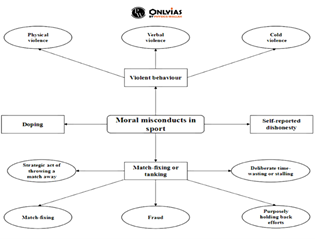
What is Doping?
|
|---|
| Case Study
Lance Armstrong was a professional cyclist and cancer survivor.
|
|---|
Doping Cases in India
|
|---|
Since sports play an important role in physical and mental education and in promoting international understanding and cooperation, the widespread use of doping products and methods has consequences not only on the health of the athletes but also on the image of the sport.
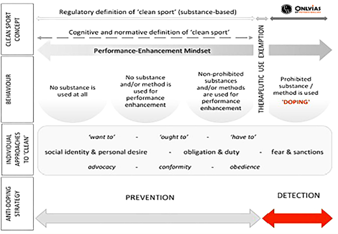
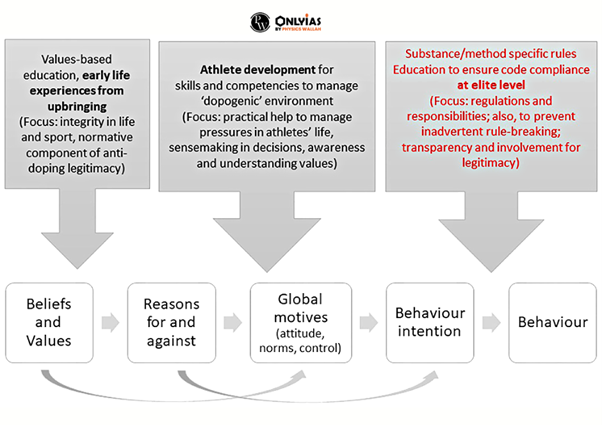
“If excellence is achieved in the form of execution and performance, winning will frequently follow.”
Context:
| Conocarpus Trees | The Gujarat government has banned the plantation of Conocarpus trees in forest or non-forest areas, underlining its adverse impacts.
Conocarpus trees:
Concerns Associated with Conocarpus trees:
|
| Indian Universities in Times World Ranking | Indian universities made significant gains in the Times Higher Education’s (THE) World University Rankings 2024 making India the fourth best represented nation in the rankings.
The Rankings:
About The Ranking:
|
| FAO: Livestock Methane Emissions |
Four broad strategies in mitigating methane emissions:
About Methane:
|
| GST Regime For Digital Foreign Firms | The Central Board of Indirect Taxes and Customs (CBIC) notified the GST exemptions will no longer be applicable to Online Information and Database and Retrieval Services.
More on News:
|
Disturbed Areas under AFSPA:
|
|---|
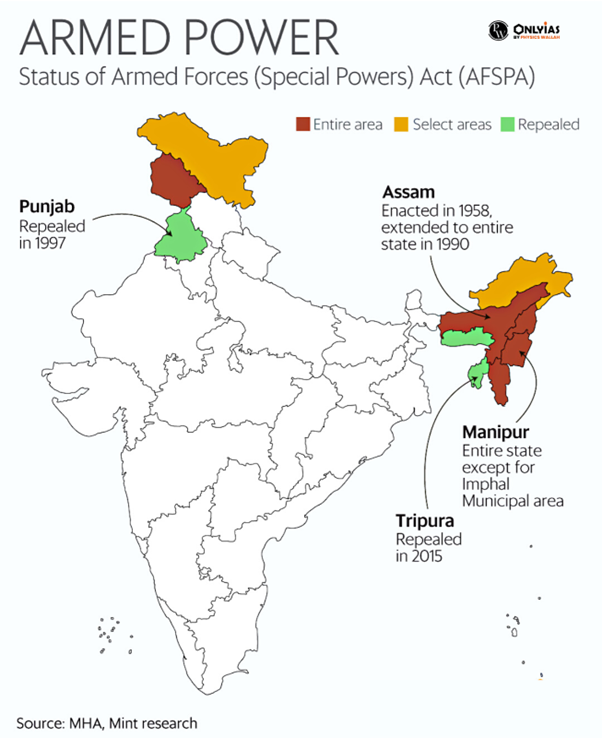
News Source: Hindustan times
| Relevancy for Prelims: Smart Cities Mission, Sustainable Development Goals, SDG 11, Project in Visakhapatnam, and Public-Private Partnership (PPP).
Relevancy for Mains: Sustainable Urban Development Planning, Need of Smart Cities Mission, Government programs for Sustainable Urban Development, and Challenges in Smart Cities development. |
|---|
Smart Cities Mission Success stories:
Global technological solutions for urban problems:
|
|---|
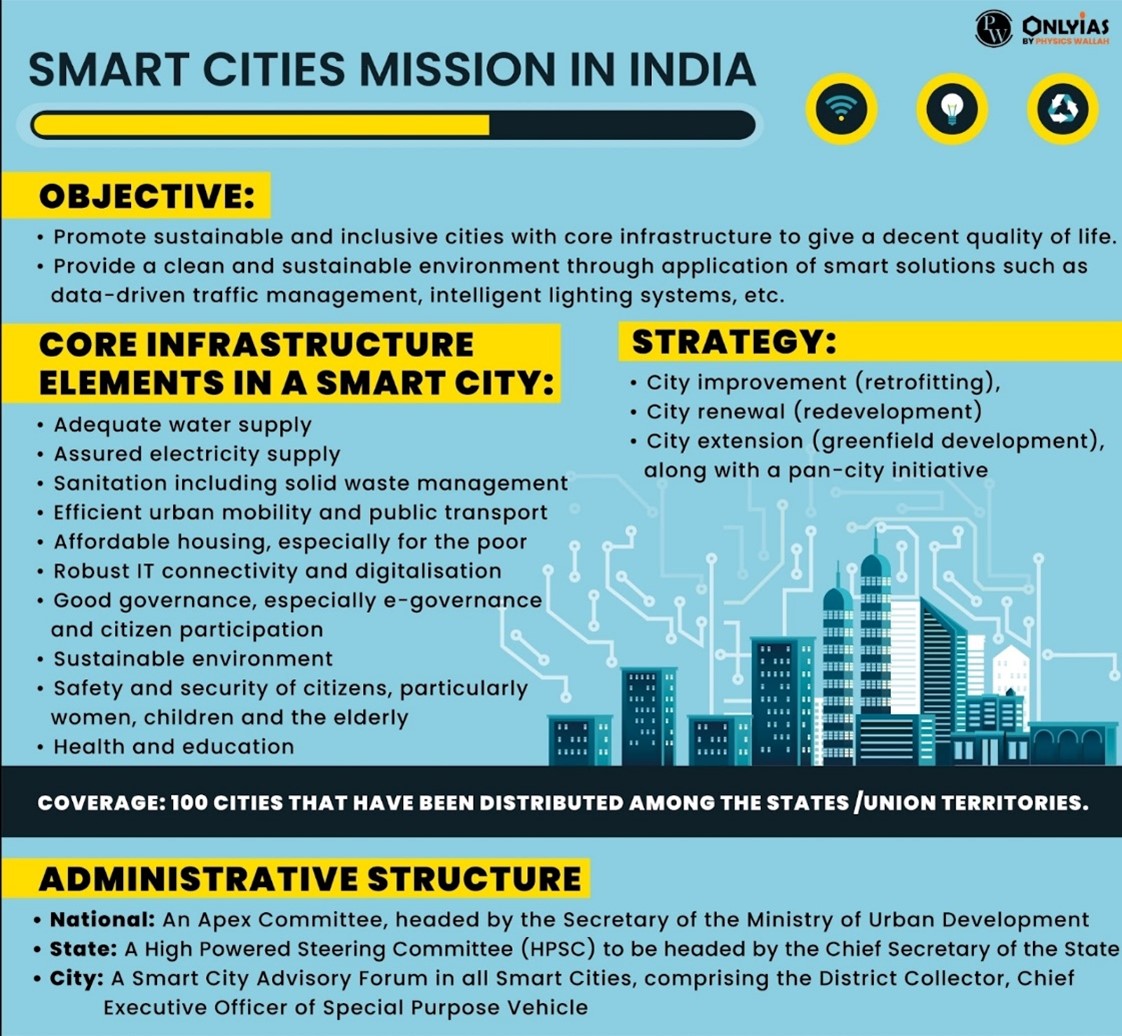
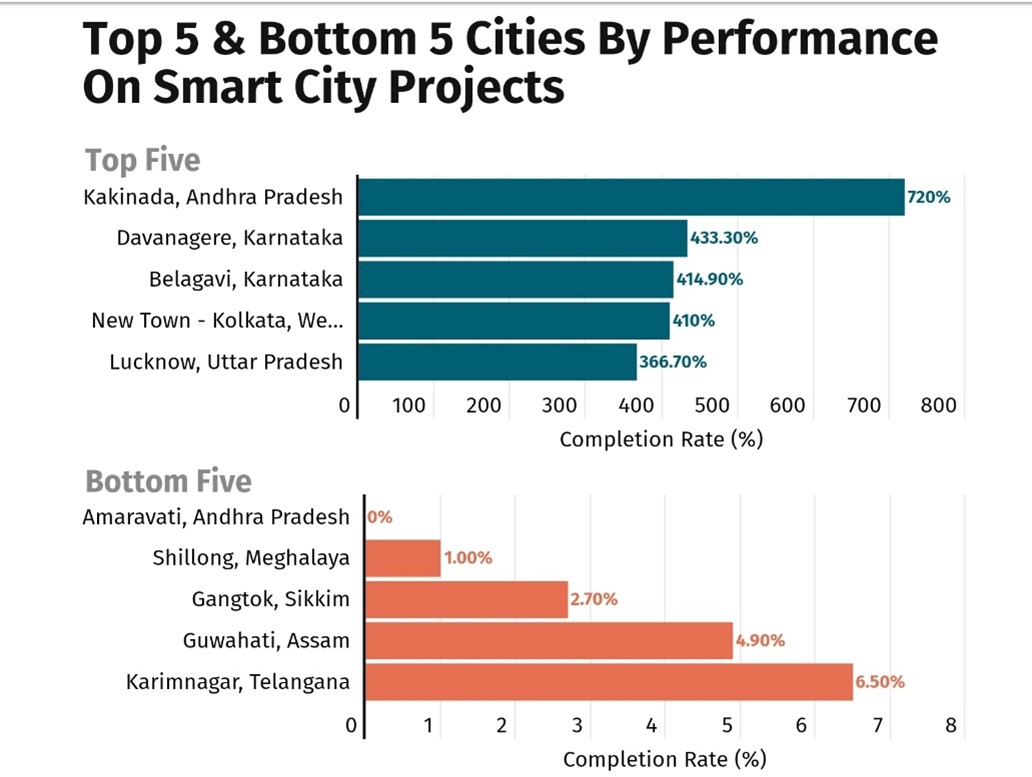
The Indian Census identifies two categories of ‘urban’ areas:
|
|---|
Other government programs for Sustainable Urban Development:
|
|---|
Also read: Housing for All
Smart Cities Mission in India, as highlighted in the report, showcases a positive impact on sustainable urban development, aligning with global goals. However, challenges such as project disparities and governance issues need addressing. Focusing on local autonomy, transparency, and evidence-based planning can enhance the mission’s effectiveness for creating resilient and inclusive urban spaces.
| Attempt the Mains Question: What are ‘Smart Cities’? Examine their relevance for urban development in India. Will it increase rural-urban differences? Give arguments for ‘Smart Villages’ in the light of PURA and RURBAN Mission. (GS Paper 3: UPSC Mains 2016) |
|---|
SC Verdict on Newsclick Shows Adherence to Due Pro...
Stay Invested: On Chabahar and India-Iran Relation...
Credit Rating Agencies, Impact on India’s De...
Catapulting Indian Biopharma Industry
Globalisation Under Threat, US Import Tariffs Have...
Global Report on Hypertension, Global Insights and...
<div class="new-fform">
</div>
